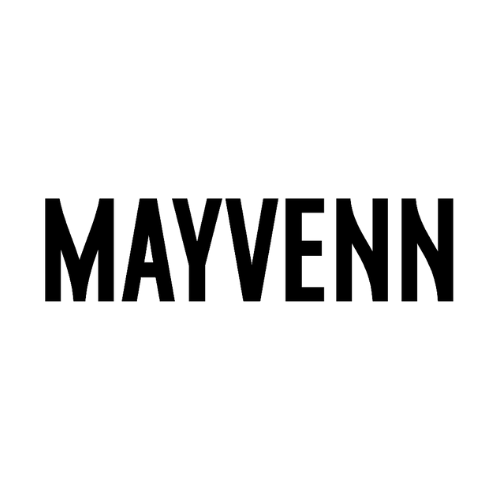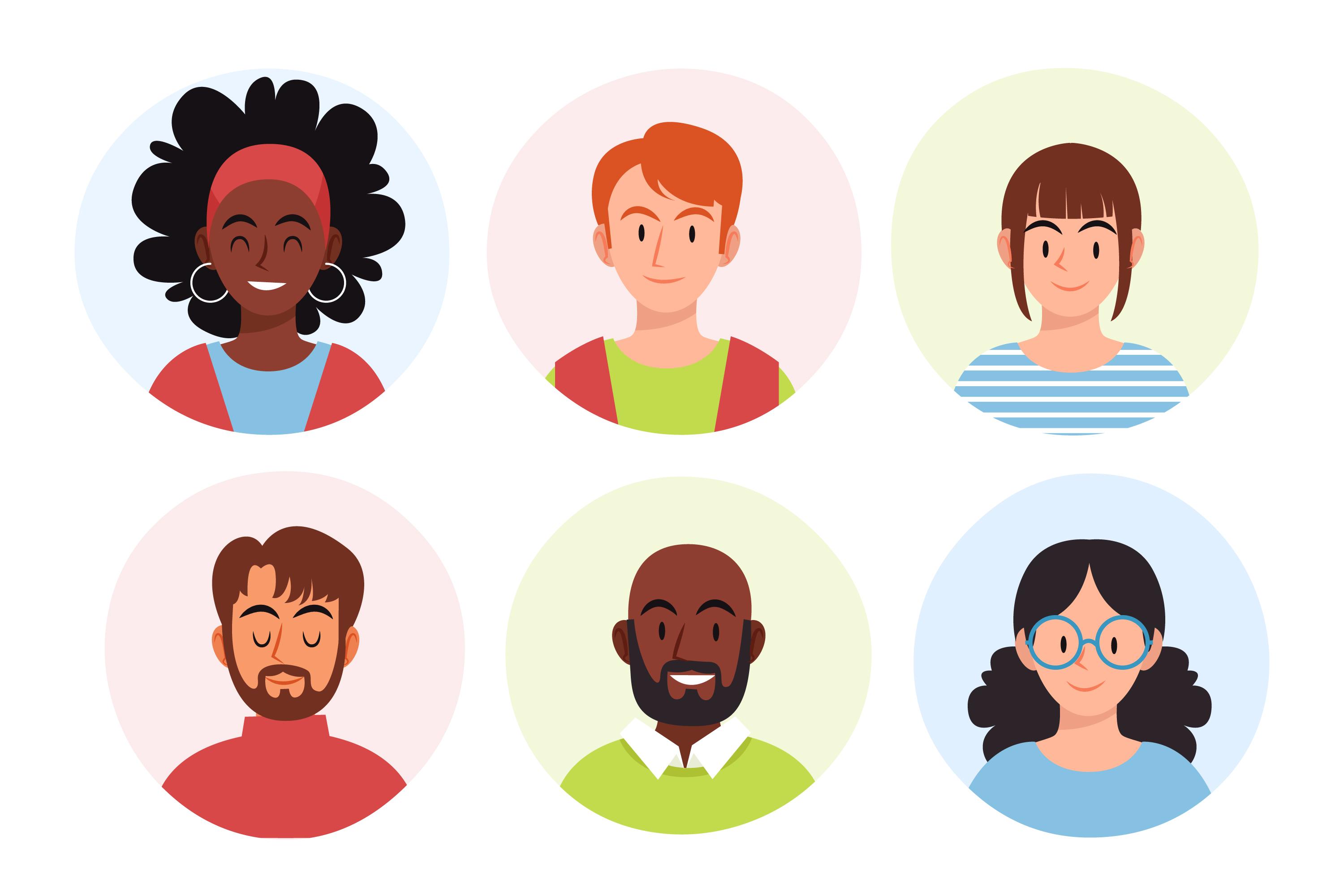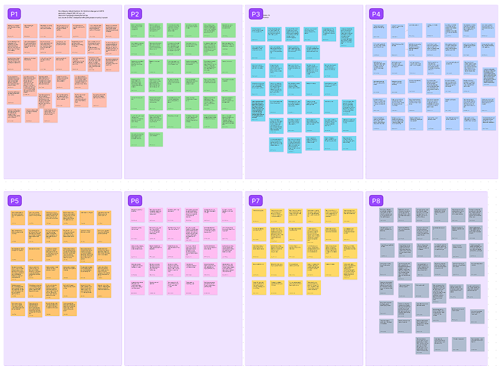Hair Customer Personas
Crafting customer personas to help the Mayvenn Hair startup understand the needs and motivations behind their hair-shopping customers better.

Project Overview
Mayvenn Hair, Inc. is an online e-commerce site that specializes in selling hair to customers, such as hair bundles, wigs, and more. At the time, the company only had assumptions and anecdotal data about who their customers were, with no UX customer personas that existed. My research study filled this gap, where I conducted 12 remote interviews with Mayvenn customers to help develop three (3) personas for the business.
The impact of the personas resulted in the personas being constantly asked for by VPs for reference, also referenced by incoming UX designers in their design work, helped impact decision making around the company in terms of releasing more color options for hair, and look at considering releasing shorter looks (for older, career-upwards women).
COMPANY
Mayvenn
ROLE
Sole UX Researcher
DURATION
Sept - Oct 2022
METHODOLOGY
Interviews
Context + Problem
Mayvenn Hair, Inc. is a e-commerce startup based in California that sells hair online such as wigs, bundles, and more. They also connect customers to stylists in their area to help install hair.
Mayvenn had assumptions about who their customers were but had no evidence or documentation such as customer personas to help understand their customer base better and satisfy their needs.

Research Objective
The research objective then became to help the business understand who are Mayvenn’s customers with the intention of having customer personas as the deliverable of this research.
Study Design
Methodology
1-hour remote Interviews (n=15)
Rationale:
Interviews would give us the ability to ask questions about our customers in an unstructured format, giving us leeway into what questions we could ask.

Target Audience
We interviewed 15 Mayvenn customers where we screened for customers those who:
- were planning on shopping for hair online in the next 3 months
- who have shopped at Mayvenn in the last 6 months
Sample Interview Questions
- What kind of hair are you typically shopping for?
- Where are you typically shopping for hair at?
- Why do you shop for the hair that you do?
- Overall, what’s your experience been like getting hair with Mayvenn?
- What is your experience like with your stylist?
- How do you maintain your hair?
Analysis
To analyze and synthesize the collected data, I used the collaboration whiteboarding tool Miro to transform the data into sticky notes that I grouped into meaningful themes (affinity mapping exercise).

Personas
There were the customers personas I created using Figma, where we essentially found 3 archetypes:

Switchable Simone tends to switch up her looks often, who enjoys experimenting with different colors and styles, so she can transform her look and feel beautiful doing so.

Occasional Olivia typically is only getting her hair done for special occasions. She is not buying hair as often as the other personas, but she does need hair that will make her look beautiful for the occasion and she is willing to pay a pretty penny for it.

Everyday Evelyn is a woman who has been getting her hair done for 15+ years and because of her alopecia, she resorts to wearing wigs. Because she is a working woman, she typically needs styles that look like her own hair and that it looks real.
Impact
The study was asked for by VPs, referenced by incoming UX designers in their design work, helped impact decision making around the company in terms of releasing more color options for hair, and look at considering releasing shorter looks (for older, career-upwards women.
The next steps were to create a survey to help generalize the findings, but shifting research priorities caused this second phase to be pushed back in the research backlog.
Reflection
What could have gone better?
- I could have encouraged better participation rates of stakeholders to join in and observe the sessions, including participating in the affinity mapping exercise of looking at the data.
- The amount of tools (10) to recruit, book, and remind customers was a lot on my plate – it made me realize we needed a better platform to run research end-to-end.
Positives
Being able to deliver a much-needed research artifact for the business to use in the long term was a great feeling to have, especially as someone who was the first and only UX researcher at the company. This was great foundational work that would impact the company in many ways for the near future.